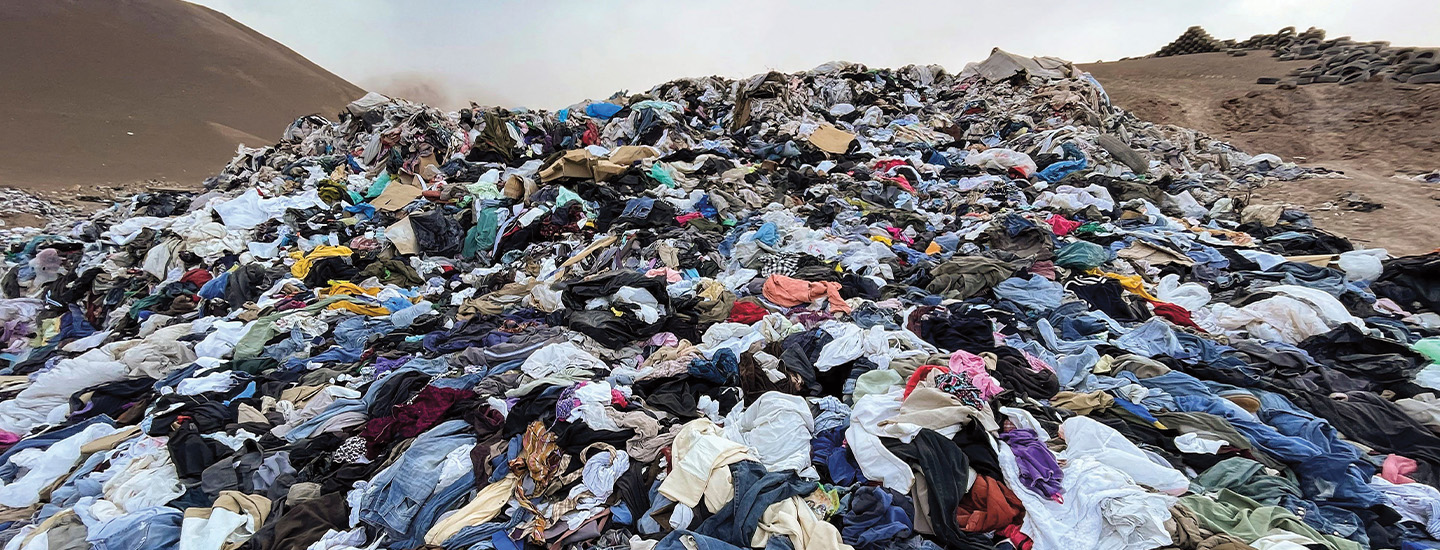The Atacama Desert in northern Chile doesn’t get much water. It’s one of the driest places on Earth. Each year, it rains about half an inch.
But the Atacama does get a lot of something else: unwanted clothes.
Mountains of jeans and sneakers lie under the strong desert sun. Bathing suits and hoodies are piled high. This desert clothing dump is nearly as wide as 580 football fields—and counting.
How did it all get there?
The Atacama Desert in Chile doesn’t get much water. It’s one of the driest places on Earth. Each year, it rains about half an inch there.
But this desert does get a lot of something else: unwanted clothes.
Mountains of jeans and sneakers lie in the sun. Swimsuits and hoodies are piled high. This clothing dump is nearly as wide as 580 football fields—and counting.
How did it all get there?
The Atacama Desert in northern Chile doesn’t get much water. It’s one of the driest places on Earth, with about half an inch of rain per year.
But the Atacama does get a lot of something else: unwanted clothing.
Mountains of jeans and sneakers lie under the powerful desert sun. Bathing suits and hoodies are piled high. This desert clothing dump is nearly as wide as 580 football fields—and counting.
How did it all get there?

